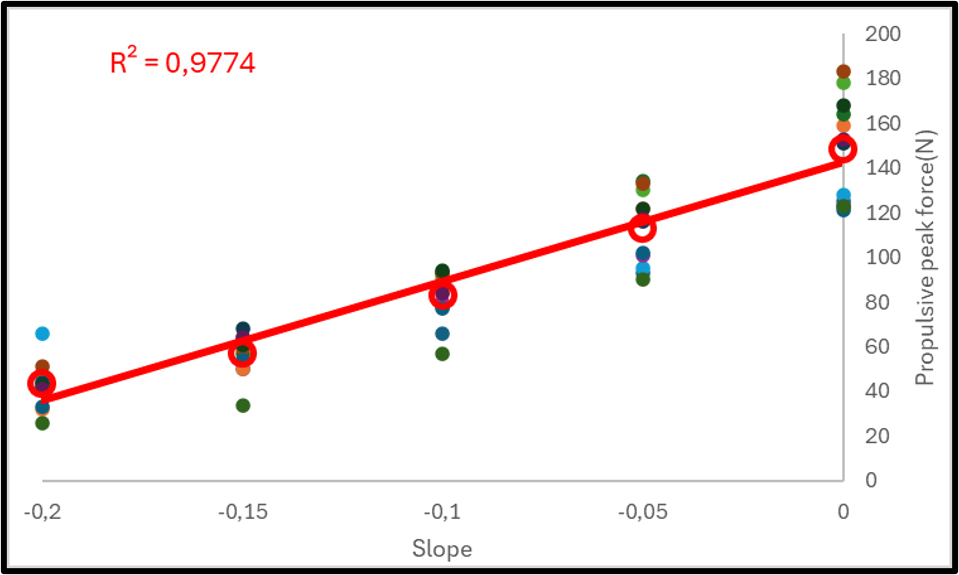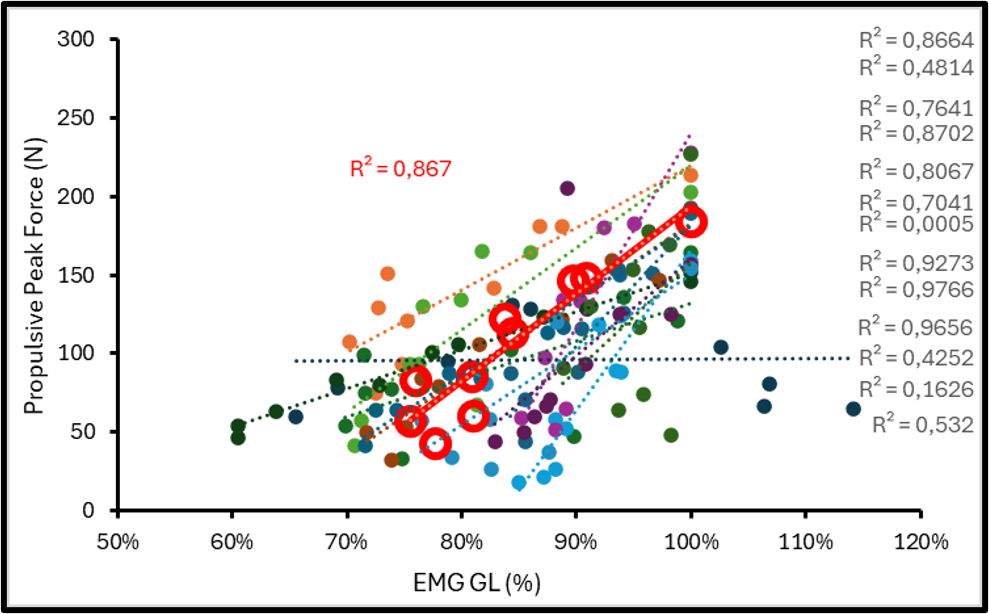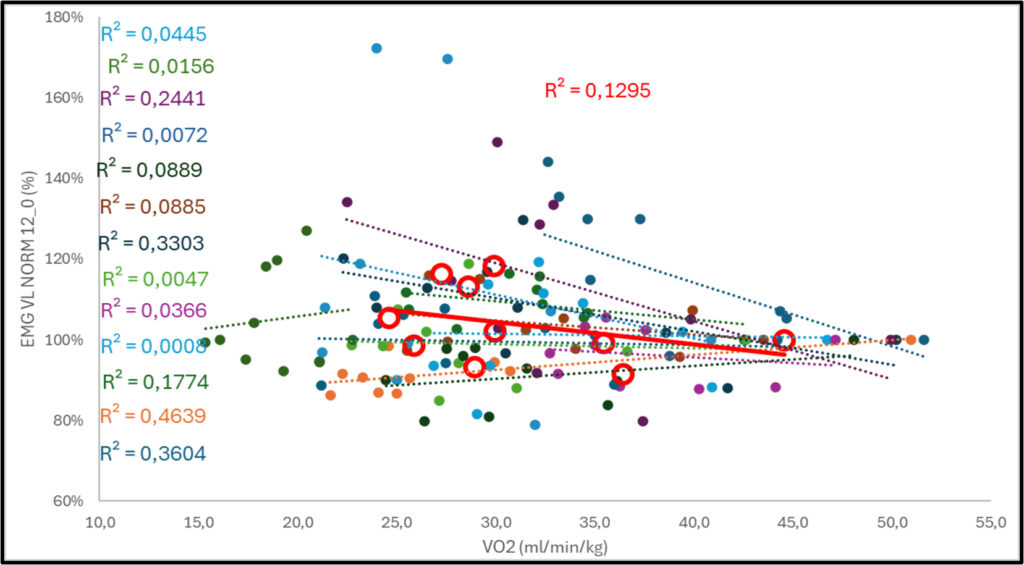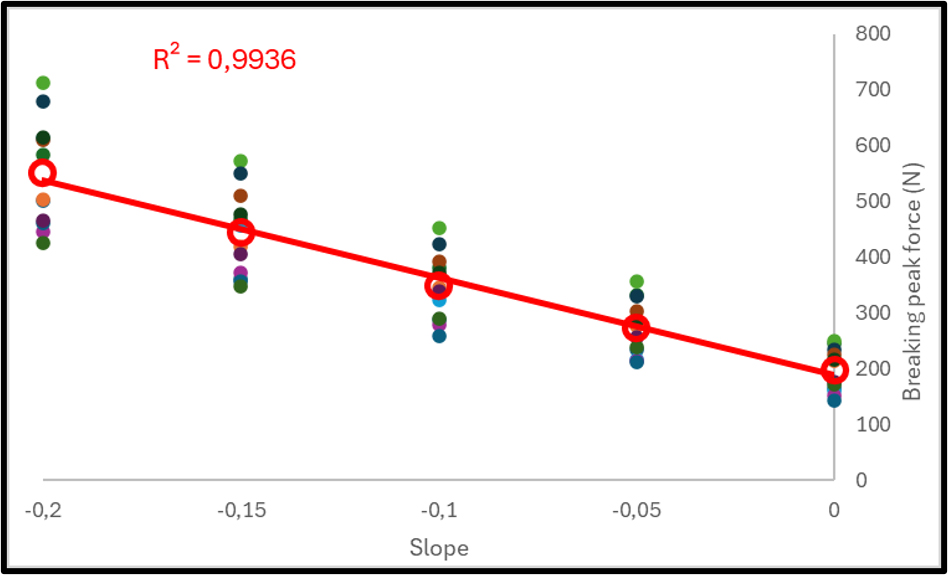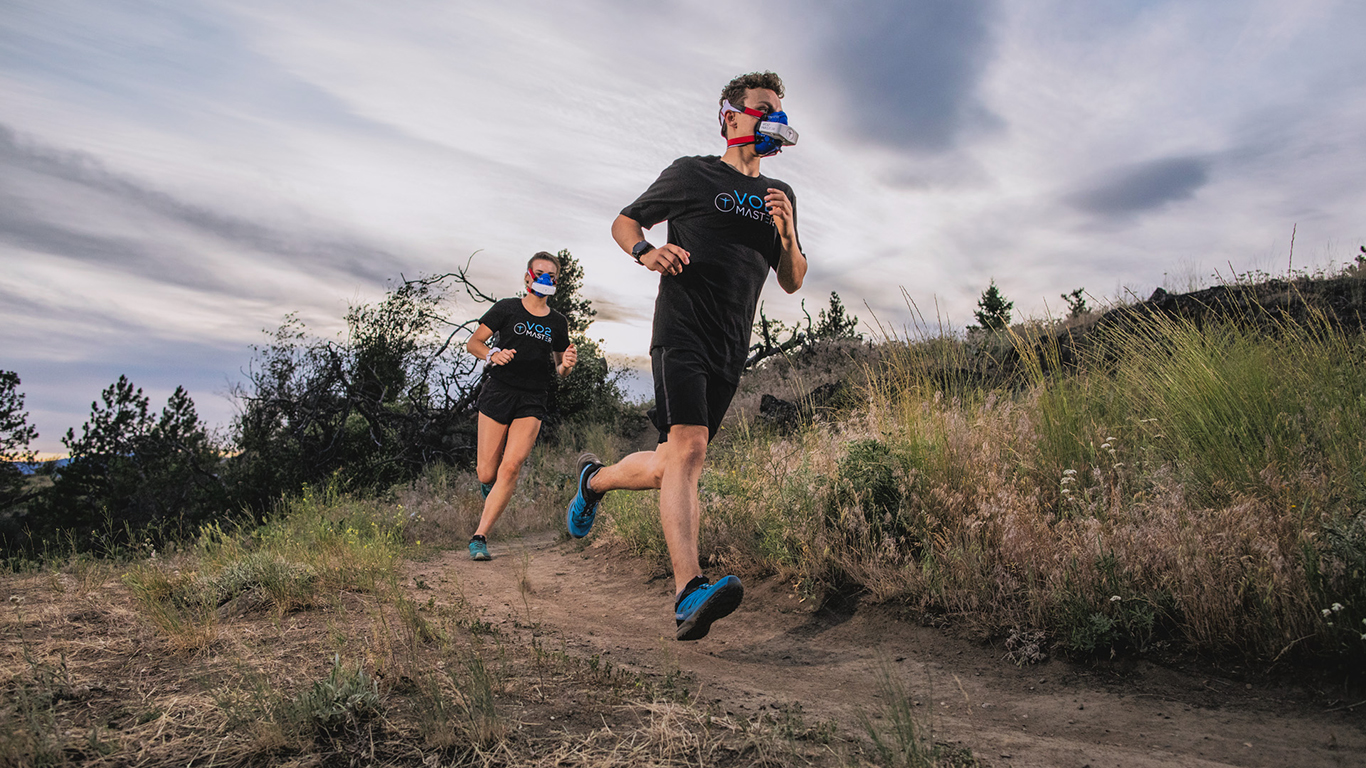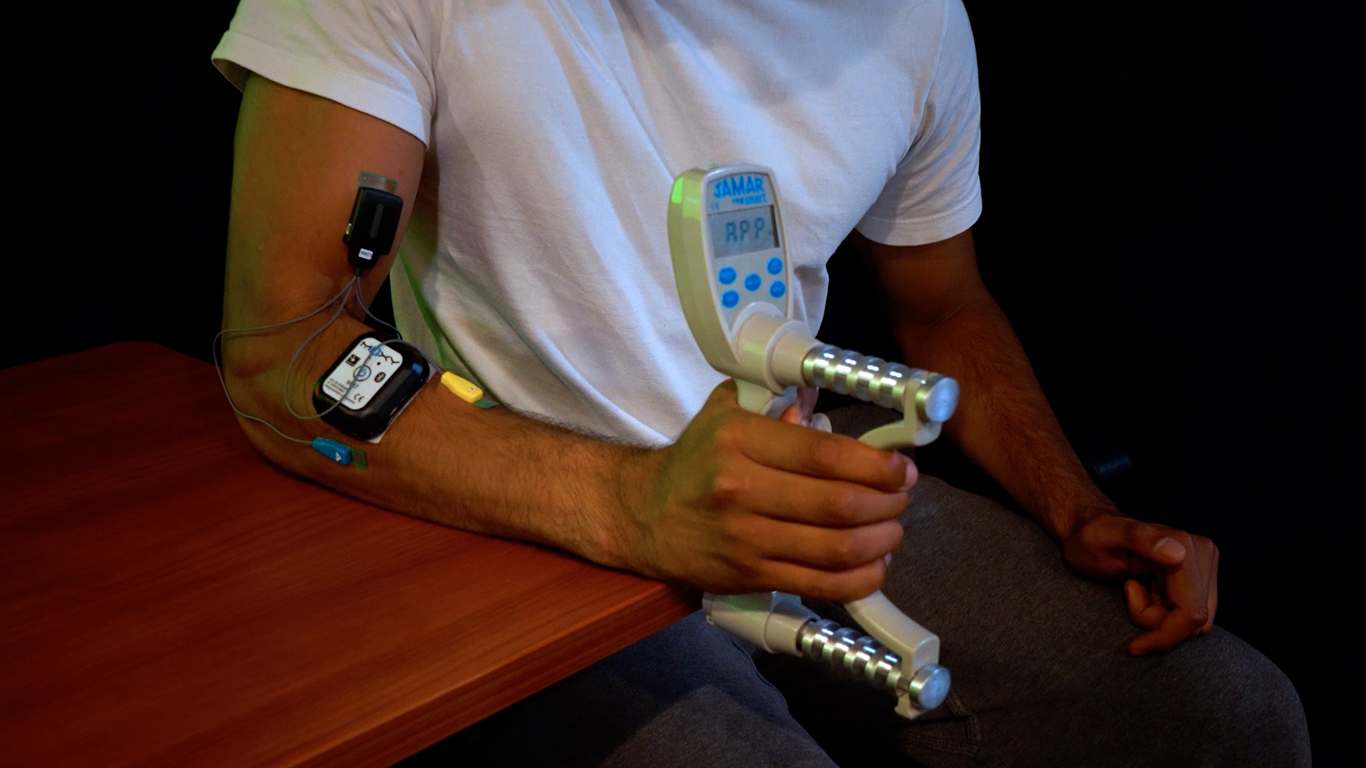Introduction
Combining critically important physiological data enables clinicians and researchers to assess an individual’s performance and wellbeing like never before. Link serves as a bridge between the worlds of electromyography and performance physiology. For instance, VO2, an indicator of cardiorespiratory fitness.
Using the Link, we can now ask the question: what are the benefits of combining VO2 with EMG? This question is explored in the research project by Thomas Lapole and Gabriel Idda, from the Laboratory of Human Movement Biology (LIBM) at Jean Monnet University at Saint-Etienne.
VO2 Master is a portable metabolic analyzer.
By combining EMG and VO2 data, Lapole and Idda explore the energy costs of downhill running in their paper, What is the ideal slope in downhill running? A laboratory and field study to get insights into biomechanical and physiological determinants of cost of running.
Background
VO2 is a commonly used tool within sports science, physiology, and human performance assessments. It measures the maximum amount of oxygen an individual can utilize during exercise. VO2 is a measure of aerobic capacity and is commonly used to assess an individual’s fitness level, to establish resting metabolic rates, examine ventilatory thresholds and provide information on the time spent in different training zones during a protocol.
VO2 Master is the first and only true portable VO2 analyzer on the market. It provides a new platform to analyze performance and, through the cable free design, allows for metabolic performance to be monitored on the go.
EMG is an experimental technique, typically used within human movement assessments and performance monitoring, that involves the recording and analysis of the electrical signals that emanate from the muscles during contractions and force production. By gaining insight into the status of muscular excitation, researchers, clinicians, sports practitioners, and engineers have been able to determine:
- The level of muscular effort involved –gained from assessing the overall EMG signal amplitude.
- Coordination between muscles – assessed by the activation timings of muscles.
- The effects of muscle fatigue – an exploration of the frequency component of the EMG signal.
- Neural control strategies – how the brain is adapting to training or external stimuli

Combining EMG and VO2 measurements offer several benefits, including:
Improved Accuracy
Better Insight into Muscle Function
Enhanced Treatment Planning
Increased Efficiency of Training Programs
Overall, the integration of EMG and VO2 measurements can provide valuable insights into the physiological processes that underlie physical activity, which can be useful for a range of applications, from sports performance training to rehabilitation and medical treatment planning.
To see how a real Delsys user takes advantage of Trigno Link to conduct research in the field of exercise science, read the story below:
What is the ideal slope in downhill running? A laboratory and field study to get insights into biomechanical and physiological determinants of cost of running.
Experiment Equipment
| Equipment Type | Equipment Name |
|---|---|
| Software | Trigno Discover 1.7.0 |
| System | Trigno Lite |
| Hardware | Trigno Link |
| Sensor | Trigno Avanti |
| Biofeedback Device | VO2 Master |
| Other | Instrumented Treadmill |
| Isokinetic Dynamometer |
Experiment Protocol
The experiment was conducted over 2 sessions. The first session began with a data collection on an Isokinetic dynamometer to record EMG MVC data for normalization. After a rest period, Subjects ran a randomly ordered conditions of 5 slopes over 2 speeds (0,-5,-10, -15, and –20% slopes; 10 and 12 km/hr velocities). The second session involved a similar normalization session, with the same slope and speed conditions anda slight change in the duration of the trials. EMG data was collected from the Gastroc Lateralis (GL) and the Vastus Lateralis (VL), while Peak Propulsive Force (PPF) and Peak Braking Force (PBF) were collected from the Instrumented Treadmill.

Acquisition and Analysis
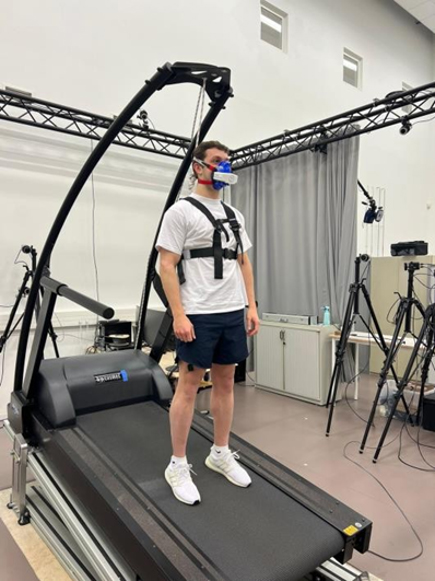
Results and Discussion
Expanding with Link
Lapole and Idda intend to broaden their research further by taking it out of the lab and into the field, an area lacking in prior research. By comparing the costs of running between the lab and the field, they hope to develop a more holistic understanding of Cr during downhill running.
To learn more about Trigno Link and to explore how it can be used for studying exercise science, please visit Link Webpage.
References
FAQs
Do I need to use Trigno EMG sensors with my Trigno Link?
Yes, the Trigno Link is designed to integrate third-party biofeedback data with EMG. Therefore, the Link cannot be used without pairing a Trigno EMG sensor.
Can Trigno Link be used with other software? What about third-party software?
Currently, the Trigno Link can be only utilized within our Trigno Discover software. However, additional metrics can be brought into Trigno Discover via the use of our analog adapter or trigger module.
Trigno Link connects to both Bluetooth and ANT+ wireless devices; can it connect to both at the same time?
The Link can only connect to either Bluetooth or ANT+ at any given time. Refer to the following table for a full wireless connection compatibility guide to all our third-party devices:
| ANT+ | Bluetooth |
|---|---|
| Polar Heart Rate | Polar Heart Rate |
| Moxy NIRS Sensor | Moxy NIRS Sensor |
| Wahoo Cadence Sensor | Wahoo Cadence Sensor |
| Wahoo Bike Ergometer | VO2 Master |
| Jamar Hand Dynamometer |


